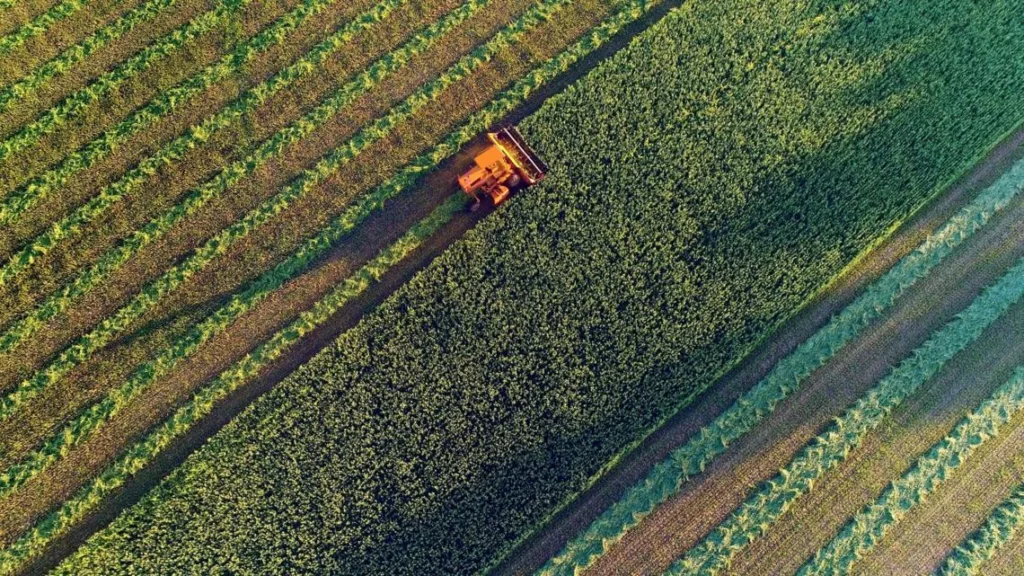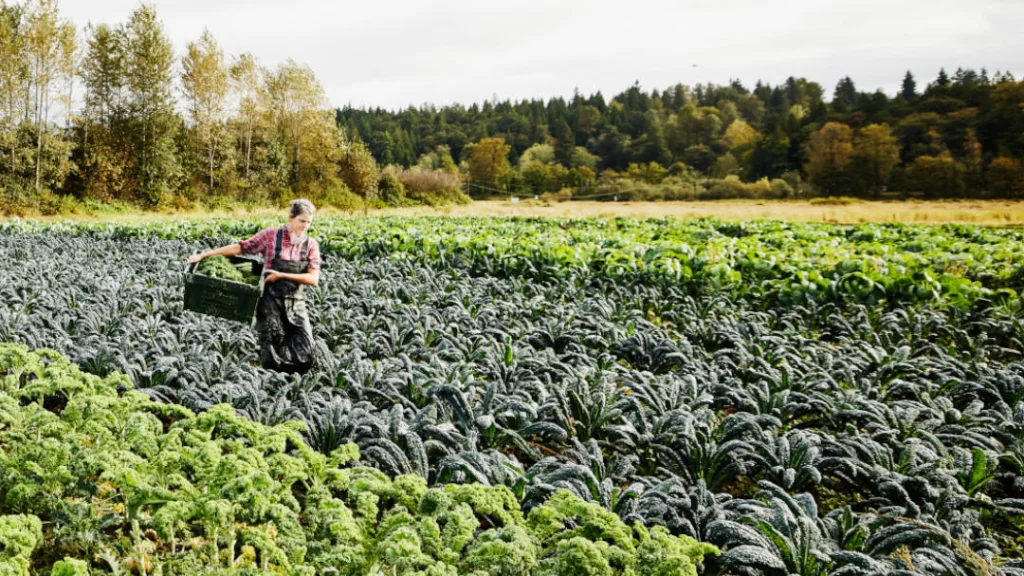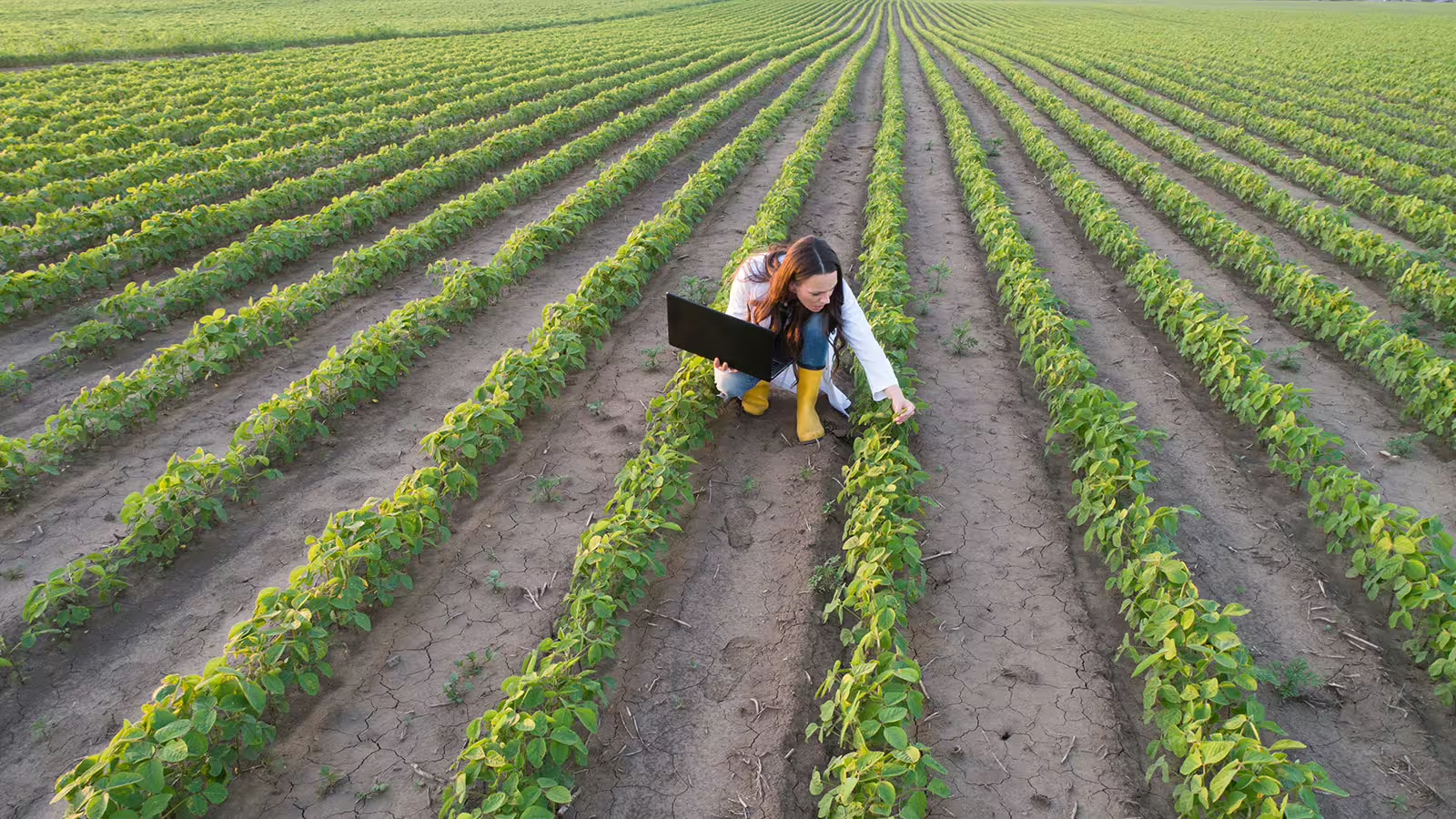Authors
Tom Williams, Director, Agriculture and Food
In 2023, it was reported that only 4% of global climate finance goes to agrifood systems despite the system being responsible for nearly a third of global greenhouse gas (GHG) emissions. Over this last year, I have heard multiple calls from business for financial institutes to better support food system transformation through offering products and services that meet the needs of farmers and incentivize better business performance against sustainability goals.
In response to this, financial institutes have indicated low demand for such products, in part due to already high levels of farmer debt, political uncertainty and the prevalence of subsidies. There is also a lack of clarity on how corporates set and account for progress toward sustainability targets. At the heart of this financing gridlock is the need for a coherent and consistent understanding from farm to consumer of which metrics are important for decision making.
The CEO Guide to the Climate-related Corporate Performance and Accountability System (CPAS) highlighted decision-useful information that incorporates climate-related risks and opportunities as a key gap in aligning corporate performance with investment strategies and valuation models used by financial institutes. For food companies, we need to look beyond just climate and also incorporate other environmental, social and health risks and opportunities.
At the core of decision useful information are metrics. Environmental, social and health metrics are essential for food and agriculture companies to ensure long-term sustainability, meet consumer and regulatory expectations, manage risks and enhance operational efficiency and reputation. Yet we don’t have alignment on what these metrics are or scalable adoption pathways that drive uptake across value chains.
Progress in aligning and scaling the adoption of environmental and socioeconomic metrics
For climate mitigation, we have one metric that matters: CO2eq and with our Scope 3 Action Agenda we are exploring the data and Monitoring, Reporting & Verification (MRV) requirements for this metric that unlock Scope 3 reductions and removals. The alignment of MRV with standards – such as the GHG Protocol – and regulations are critical, and our guidance provides a decision framework and GHG compliance checklist to enact and account for scalable agricultural practice change. Furthermore, we recently published case studies on co-financing mechanisms for such actions.
When we broaden out to consider metrics for biodiversity, socioeconomic and health, the list of possible metrics becomes long. The emergence of disclosure requirements, such as TNFD and CSRD are illuminating which metrics matter, for reporting purposes, and our Agriculture & Food pathway has been working to align business and partners on what metrics are most relevant and viable for regenerative agriculture.
Our regenerative agriculture metrics workstream, jointly convened by World Business Council of Sustainable Development (WBCSD) and One Planet Business for Biodiversity (OP2B), brought together over 50 companies and 32 business-focused partner organizations (totaling over 1,100 companies) to align on metrics to measure environmental, social and economic outcomes for regenerative agriculture. Within this, the socioeconomic metrics are of significant importance, elevating farmer well-being, social and financial benefits alongside eight environmental outcome metrics. And through our engagement with Regen10, we are aligning these metrics with those that matter for farmers.
For nature-related work, we have continued to convene members to discuss key commodities in high-impact landscapes with two new additions to our deep dive series: Coffee in Ethiopia and Dairy in the Netherlands. In parallel, we have been working with members to align on key nature-related metrics that build on those aligned through the regenerative agriculture metrics workstream; metrics for material issues beyond the farm boundary such as land-use change and restoration, for example. Demonstrating alignment on these nature-related metrics is important in the run up to COP16 in Cali, where business will be expected to demonstrate progress towards the Biodiversity Plan. This work will feed into the WBCSD nature-related metrics, a new initiative to help sustainability practitioners identify the most relevant metrics to measure progress, set targets and disclose information on their key nature impacts and dependencies.
Aligning metrics for healthy diets could be a game changer
Earlier this year, the Food System Economics Commission (FSEC) estimated the economic value of social, environmental and health impacts from the food system at well above USD $15 trillion per year. A significant portion of this – just over 70% – is attributed to direct and indirect impacts of poor health. How corporates and investors define and measure the shift towards healthy and sustainable diets is complex, with many variables and disagreements about what matters. However, there is growing awareness from business on the materiality of nutrition and interest from investors leading to a need to align on what constitutes a healthy portfolio.
In September 2024, the Access to Nutrition Initiative (ATNI) released a report on Sector Alignment on the Use of Nutrient Profile Models. Nutrition Profile Models (NPMs) can be used to define and measure the healthiness of food portfolios, and the report highlights three NPMs that are most relevant for investor reporting. This is a significant step towards gaining sector alignment on key metrics for healthy diets and WBCSD will continue working with its members on this topic through 2025.
Bringing environmental, social and health metrics together for key decision-making
We are starting to have a holistic view of the metrics that matter for corporate performance and accountability that contribute to a food system delivering nutritious food for all within planetary boundaries. Collectively, the work highlighted above has prioritized over 30 metrics of relevance. Our aim in 2025 will be to further prioritize which metrics matter for specific decision-making purposes, such as capital allocation, procurement and reporting & disclosures and guide their adoption in these contexts.
With this, there are some key cross-cutting issues to solve for:
- Ensuring metrics are relevant for business, farmer-centric and meaningful for consumer choice
- Clarifying uncertainties in what and how metrics align with various target setting, accounting and disclosure standards and requirements
- Addressing gaps and bottlenecks in data availability, collection and sharing
- Contextualizing metrics within a landscape setting to enable adoption for co-investments
- Enhancing collaboration between corporates and financial institutes to understand how to generate and share decision-useful information
For more information about the agriculture and food metrics we will take into 2025, please email Matt Inbusch. To engage in the work directly, ensure you are part of WBCSD’s Agriculture and Food Pathway.
Outline
Related
Content

WBCSD launches pioneering CEO Guide as a catalyst for systems transformation in corporate climate action and accountability
1 December, 2023

Launch of guidance for banks on Net Zero target setting for farm-based agricultural emissions
1 December, 2022

Agriculture value-chain actors call for a widespread industry alignment on how to measure and scale regenerative agriculture
1 December, 2023
